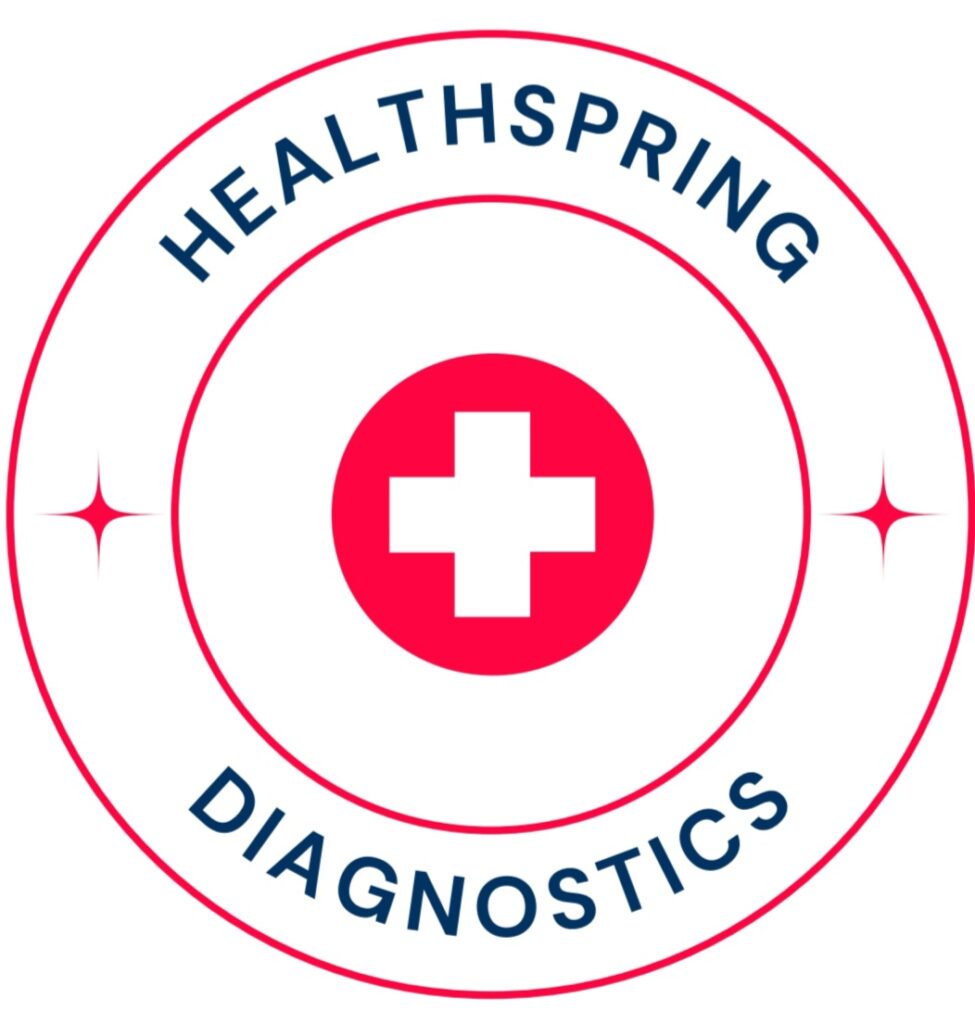Traditional ultrasound started as a way to see inside our bodies using sound waves. Over time, this evolved into a smarter technology called Color Doppler Ultrasound. The big leap is adding color to the images, letting doctors see how blood flows through vessels. This makes spotting issues a lot easier. Color isn’t just pretty—it helps pinpoint problems.
How Color Doppler Ultrasound Works and Its Importance
Color Doppler Ultrasound is a neat gadget used by doctors. It shows us moving pictures of blood as it flows through arteries and veins. Think of it like a traffic cam for your bloodstream. It uses sound waves, not radiation, making it super safe.
Here’s how it works in simple words: – Doppler effect: As blood moves, it changes the pitch of sound waves. The machine listens. This is a bit like how the sound of a train shifts as it races towards or away from you. – Color coding: Different speeds or directions change the color. Blue can mean one direction, while red can mean the opposite. This makes it easy for doctors to spot trouble.
The science behind Color Doppler Ultrasound is intriguing yet simple. It builds on the Doppler principle, named after Mr. Doppler who loved to study changes in waves. The Doppler effect ensures precise readings, letting doctors catch problems early.
There are some fantastic Color Doppler Ultrasound benefits: – Immediate results: Doctors can view results during the scan. – Painless and non-invasive: No needles, no cuts. – Helps in quick diagnosis: Clearer images mean accurate evaluations.
This technique truly strengthens our diagnostic capabilities without any discomfort for the patient. Whether checking on your heart or ensuring everything’s fine during a pregnancy, Doppler does the trick.
Medical Applications and Significance in Prenatal Care
Doctors use Color Doppler Ultrasound indications to diagnose several conditions. They look for things like: 1. Heart problems: Doctors can see blood flow in and out of the heart. 2. Blood clots: Blockages in blood vessels are easier to spot. 3. Vascular diseases: Helps assess the general health of your veins and arteries.
In pregnancy, Color Doppler Ultrasound in pregnancy is equally important. Doctors use it to check on the baby’s health inside the womb. It tells them if the umbilical cord and placenta are doing their jobs well. A healthy blood flow means a healthy baby!
A key part of prenatal care, when Color Doppler in pregnancy is involved, is monitoring maternal and fetal health for any abnormalities. Problems in the blood flow can alert doctors to potential issues early on, helping them take action when needed.
Instead of relying on a single test, doctors often combine this with other ultrasound methods. This gives a broader view and more accurate results. By complementing Color Doppler Ultrasound, the entire picture becomes clearer, making sure nothing escapes the doctor’s attention.
Preparing for Your Color Doppler Ultrasound Appointment
Getting ready for a Color Doppler Ultrasound scan is easy. Here’s how you can prepare: – Wear comfortable clothing: Loose, comfortable attire makes the process easy. – Follow specific instructions: Some tests might need you to drink water beforehand or skip meals.
To make the most of your scan: – Stay calm: Remember, the procedure is simple and pain-free. – Ask questions: If you’re unsure about anything, don’t hesitate to ask.
It’s normal to have a few concerns, but remember, the procedure is straightforward. Most people find it anxiety-free once they understand what to expect. Addressing any doubts beforehand helps relax your mind.
In conclusion, what is color doppler ultrasound used for? It’s a powerful tool for spotting blood flow issues, checking on babies, and offering peace of mind to patients. With the right preparation and understanding, it becomes an integral part of your healthcare journey.







